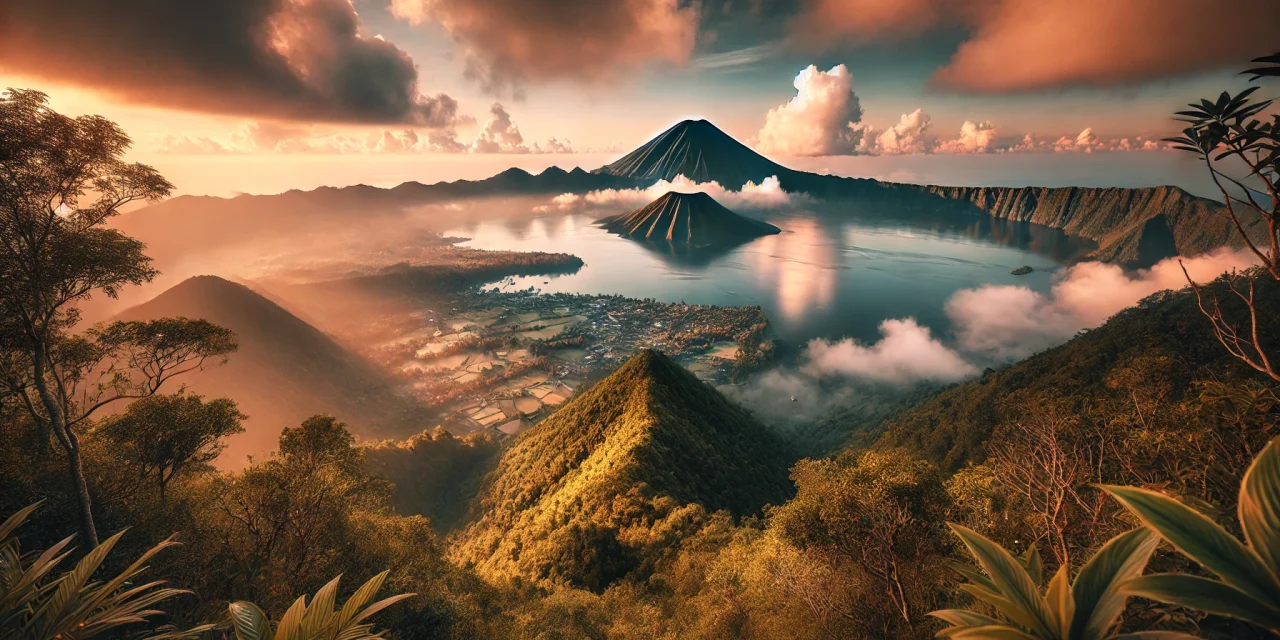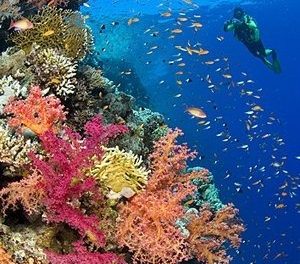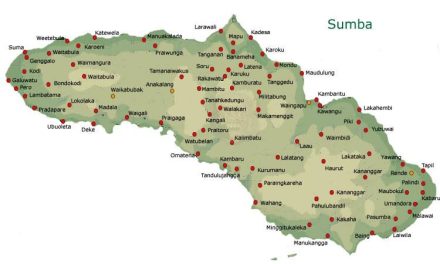Welcome to the enchanting world of eco tourism at the Sacred Monkey Forest Sanctuary in Ubud, Bali. Nestled among the lush greenery and ancient temples, this sanctuary is not just a habitat for monkeys—it’s a delightful blend of nature, spirituality, and conservation efforts that beckon travelers worldwide. As someone who has strolled through its pathways, watched monkeys swing overhead, and embraced the serenity of the environment, I’m excited to bring you along on this journey.
A Personal Encounter
Picture this: I had just arrived in Ubud, the heart of Bali, and was filled with excitement and curiosity. After hearing countless tales of the Sacred Monkey Forest, I couldn’t wait to explore its wonders. As I walked through the stone entrance, the air was filled with tranquility, punctuated only by the playful chatter of monkeys. My heart raced with joy; I was about to immerse myself in both nature and culture.
As I wandered the forest trails, I was greeted by curious little faces peering from behind trees. One cheeky little macaque decided my hat looked like a good toy, and before I knew it, he had snatched it right off my head! It was a humorous reminder to stay alert; these little creatures are adorable but also shamelessly mischievous. This playful encounter encapsulated the essence of the sanctuary—an interaction with nature that’s both heartwarming and a bit unpredictable.
The Importance of Eco Tourism
So, why is eco tourism, particularly in places like the Sacred Monkey Forest Sanctuary, so vital? Eco tourism promotes sustainable travel that not only allows visitors to experience the natural world but also emphasizes the importance of conserving it. At this sanctuary, the goal is to protect the native species—especially the long-tailed macaques—and their botanical habitat while educating visitors about the ecological and cultural significance of the area.
As I walked along the lush paths flanked by towering trees, I learned that the sanctuary is home to over 700 monkeys and over 200 species of trees. The guides shared fascinating stories about the conservation efforts in place to ensure both the monkeys and their environment thrive. It was enlightening to realize that my entrance fee was contributing to their ongoing protection and educational programs.
Relatable Scenarios in Eco Tourism
Imagine you’re engaging in a yoga retreat nearby, or perhaps sipping on fresh coconut water from a local vendor right outside the sanctuary. You decide to take a break from the bustle of your daily life and step into the tranquil embrace of nature. Here, you have the opportunity to observe the intricacies of the monkey’s social structures, the way they groom each other, play, and care for their young—all in their natural habitat.
You might find yourself sitting quietly on one of the temple steps, catching sight of a family of monkeys interacting. The moment is peaceful, and you can’t help but feel a sense of connection to nature and a reminder of the importance of wildlife. It’s a perfect scenario to reflect on your own interactions with the world around you and how you can play a part in preserving it.
Practical Advice for Visiting
If you’re planning a visit to the Sacred Monkey Forest Sanctuary, here are some practical tips to ensure a fulfilling experience:
1. Respect the Wildlife: The monkeys are wild animals. Avoid feeding them or attempting to touch them. They may appear cute, but it’s best to admire them from a distance.
2. Secure Your Belongings: As I learned the hard way when my hat was pilfered, keep your belongings close. Opt for bags that are zipped, and avoid dangling items that could attract curious monkeys.
3. Engage with the Guides: The local guides are a treasure trove of knowledge. Engage them in conversation; they can share insights into the sanctuary’s history and the monkeys’ behaviors that you might otherwise miss.
4. Timing Your Visit: The sanctuary can get crowded, especially during peak tourist seasons. Try visiting early in the morning or later in the afternoon to enjoy a more peaceful experience.
5. Take Your Time: Don’t rush your visit. There’s a meditative quality about wandering through the ancient temple ruins and lush greenery. Allow yourself to soak up the ambiance.
Conclusion: The Call to Eco Tourism
Visiting the Sacred Monkey Forest Sanctuary is more than just a trip; it’s an experience that connects you to the rich tapestry of life that exists in this protected paradise. Every encounter, every moment of peace, and every lesson learned about conservation makes eco tourism vital for both the environment and our spirits.Whether you’re an adventure seeker, a wildlife enthusiast, or someone looking for a moment of calm, the Sacred Monkey Forest Sanctuary offers an unforgettable experience. So, pack your bags, leave your worries behind, and step into a world where nature thrives, and the monkeys are the true custodians of their sacred forest. You might just find that it’s not only the monkeys that leave a lasting impression on you but also the spirit of eco tourism that inspires you to see the world differently.






